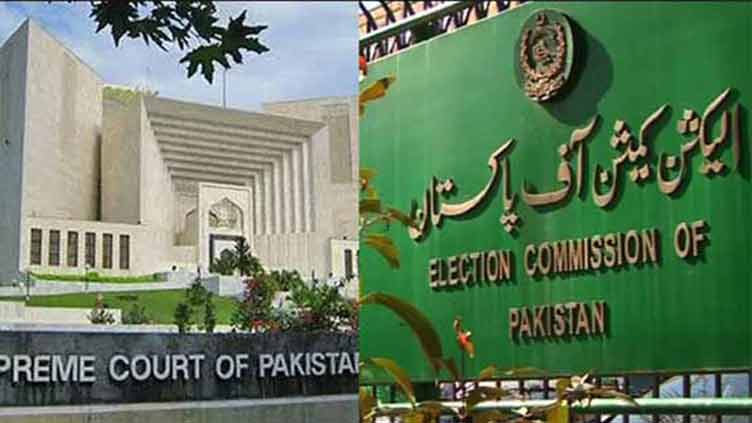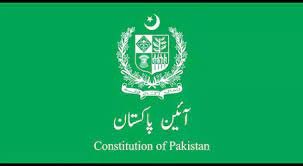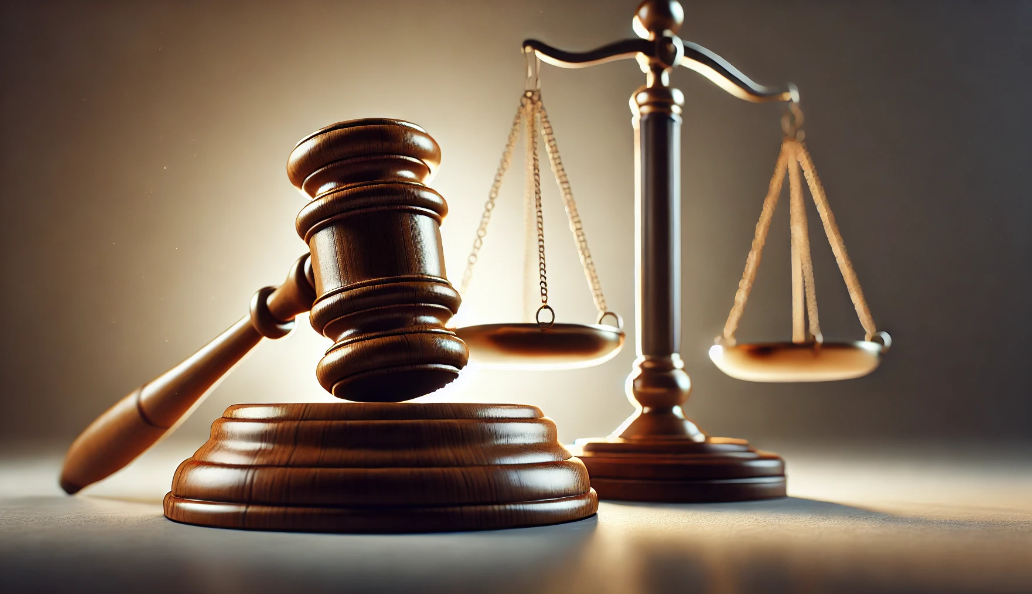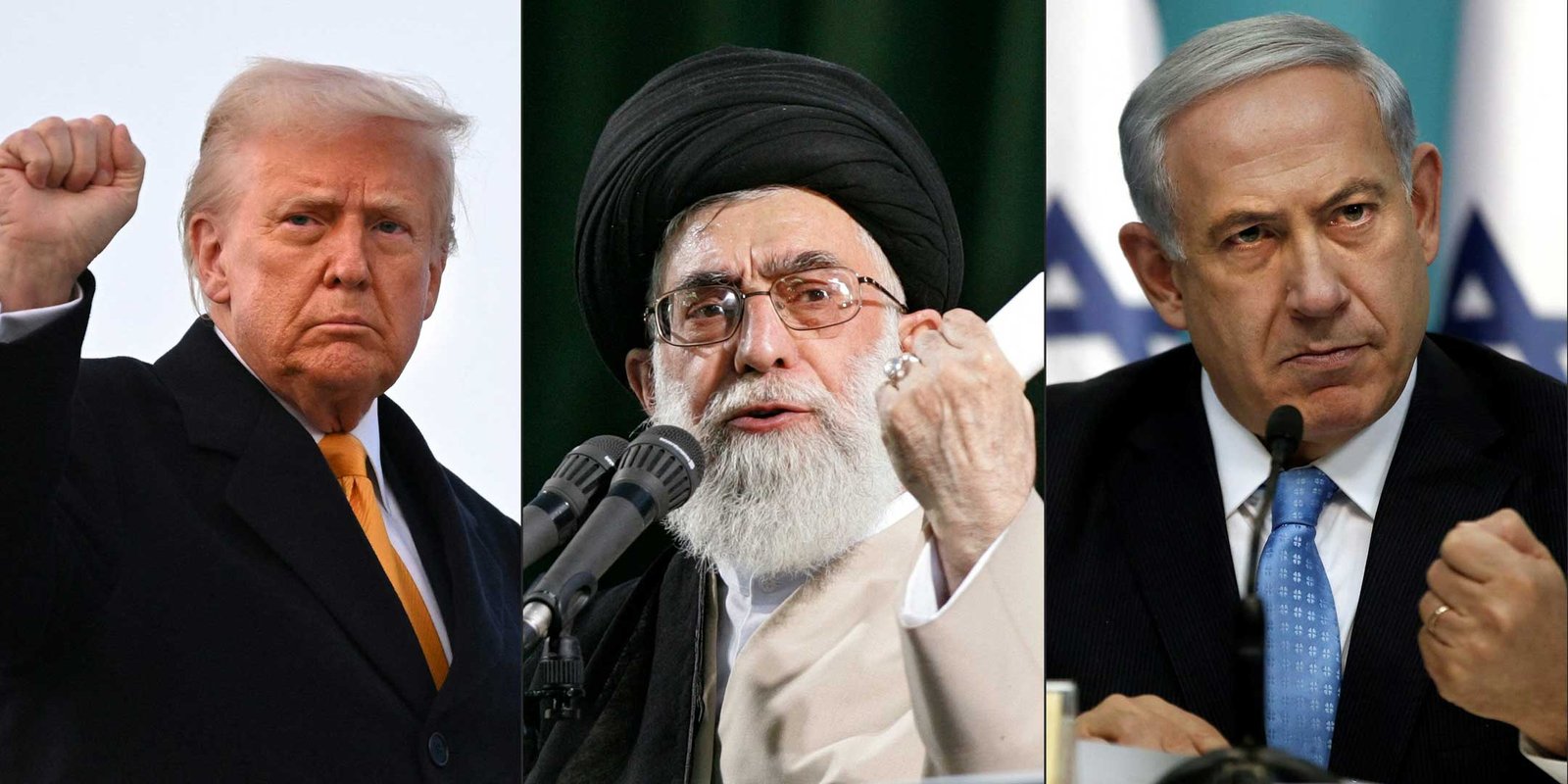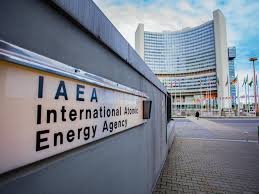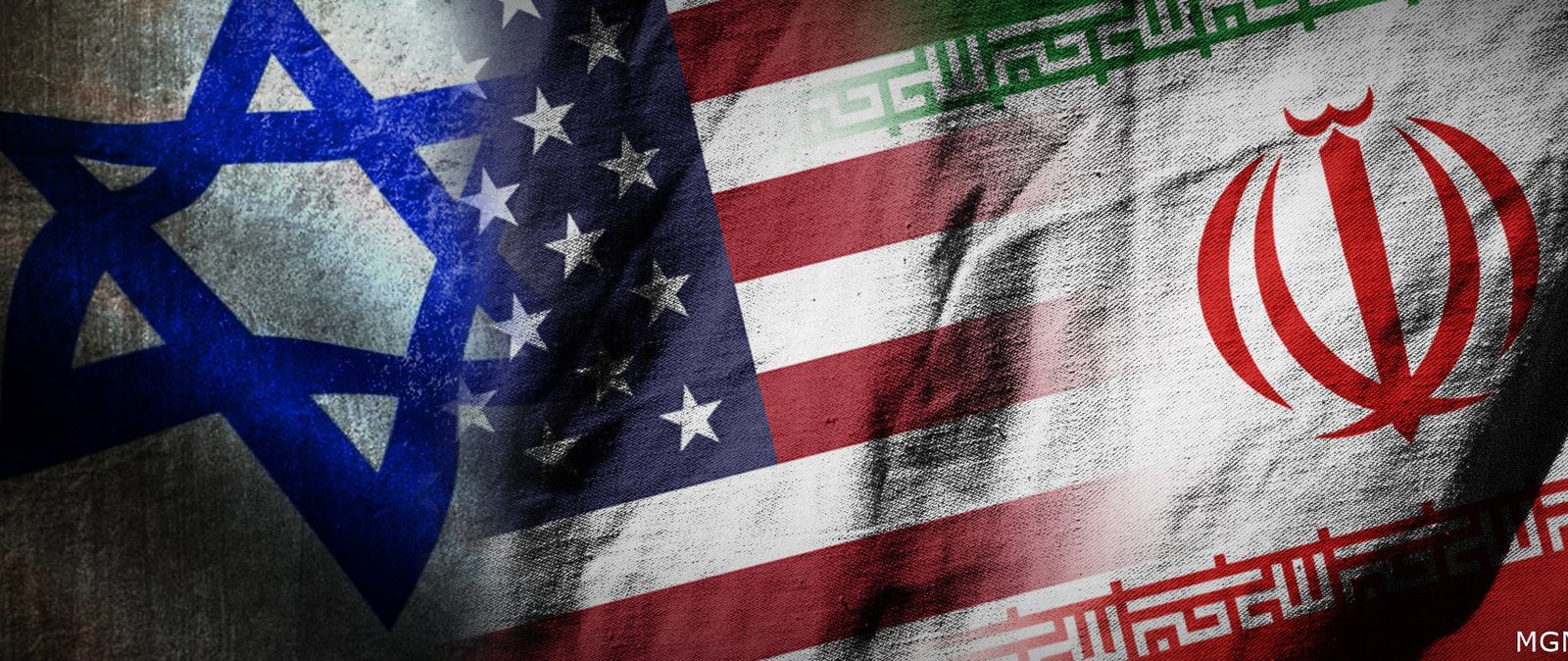Editorial
The Supreme Court’s hearing of the PTI’s contempt of court appeal exposed a tense standoff between the party and the judiciary. While PTI lawyer Latif Khosa painted a picture of a skewed electoral landscape with accusations of snatched nominations and barred activists, Chief Justice Isa countered with strong reminders of the court’s limited role and the need for fair play within legal boundaries.
The court’s initial focus on the sheer number of accepted PTI nominations (1,195 according to the ECP) highlighted the discrepancy between Khosa’s narrative and the actual state of the party’s participation. Justice Mazhar pointed out the seemingly contradictory stance where PTI tribunals secured relief while still crying foul publicly. This questioning of Khosa’s claims set the tone for a hearing tinged with skepticism.
CJP Isa’s directness was palpable. He called out Khosa’s perceived desire to delay elections, emphasizing the court’s commitment to upholding the democratic process. This stance was further reinforced by the restraint placed on Khosa’s political rhetoric within the courtroom. The Chief Justice firmly established the boundaries of legal proceedings, stating that “political speeches won’t work here.”
The heated exchange regarding Khosa’s “munshi” further exemplified the clash between political expectations and judicial limitations. CJP Isa’s blunt refusal to even consider such complaints underscored the court’s focus on adhering to established legal frameworks. Similarly, the dismissal of PTI’s attempt to control returning officers’ decisions through the court demonstrated the judiciary’s commitment to maintaining the ECP’s autonomy.
Despite the tension, the hearing did see some progress. PTI’s petition regarding the “bat” symbol was scheduled for Wednesday, indicating the court’s willingness to address specific concerns within the legal framework. However, the overall impression remained one of a party struggling to reconcile its perceived electoral disadvantage with the established rules of the game.
Hence, the Supreme Court’s hearing brought to light the PTI’s attempt to leverage the court as a political platform for grievances. CJP Isa’s firm assertions of the court’s role and limitations served as a necessary check, emphasizing the importance of legal processes and democratic fair play. While the bat symbol petition offers a flicker of hope for addressing specific concerns, the underlying tension between the party’s ambitions and the legal realities surrounding the elections remains unresolved.
Please, subscribe to the YouTube channel of republicpolicy.com



